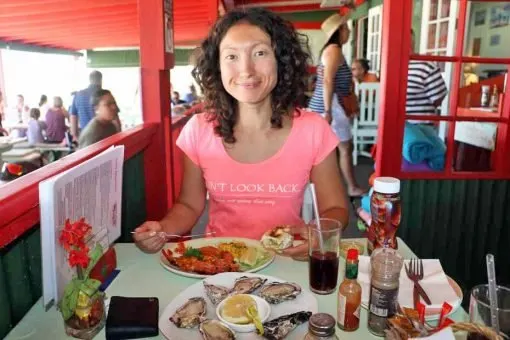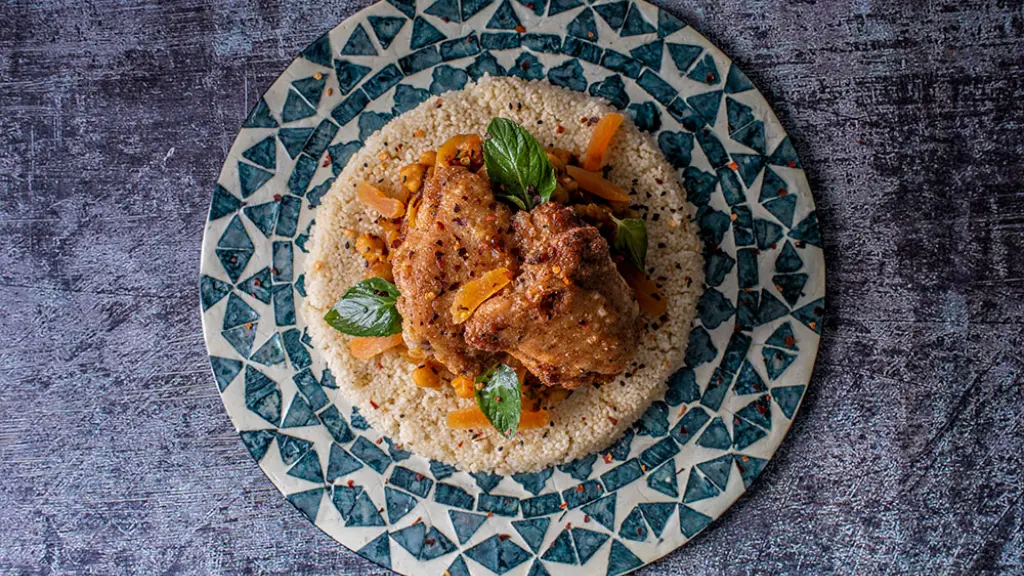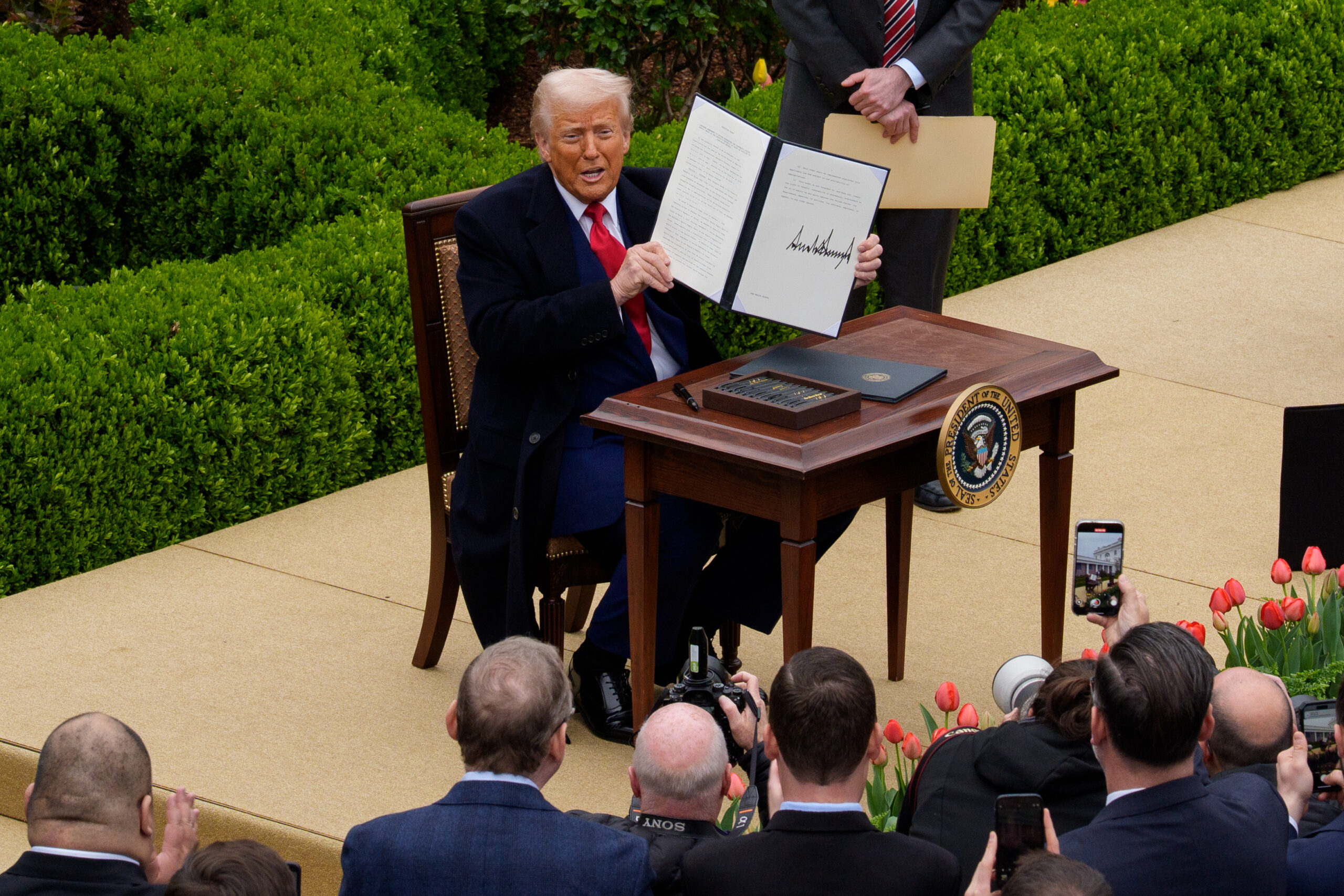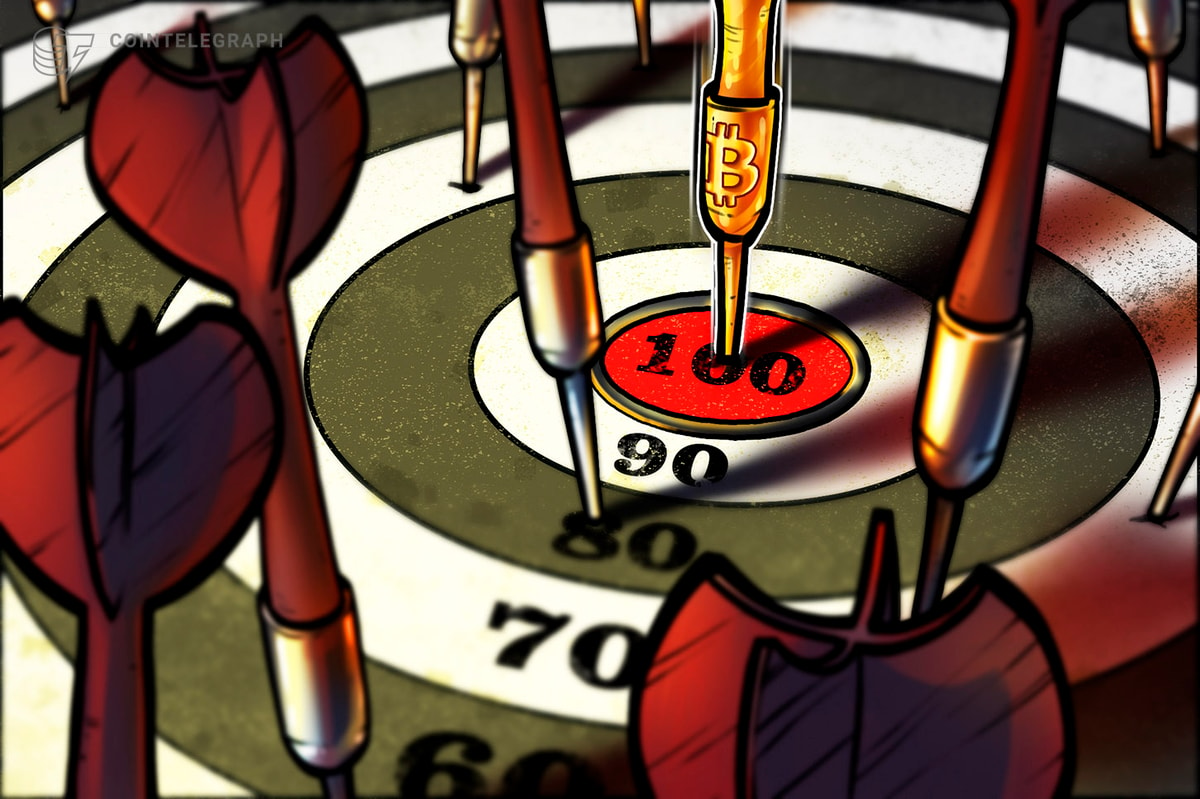You’ve been thinking about walking the Camino de Santiago for years and now finally you have time to do it? If you don’t know where to start planning and how to get into better walking shape for your first pilgrimage we have a lot of useful information on the Camino de Santiago on our site. This particular post is dedicated to training for the Camino.
Over the last 7 years, we’ve walked 10 Camino de Santiago routes and had all of it; the bad, the good, and the ugly. From our Camino experience, we can say that the right preparation is the key to success.

Do I need to train for the Camino de Santiago?
If you’re a relatively fit person who does cardio training, regular walking, or hiking you still might need some training. Don’t underestimate the walk as we did with our first Camino. I suggest building up the distance by walking 20-25 km/12-15 mi with a backpack every day for a week or two in the same shoes you’re going to wear on the Camino. If you don’t have time for this (and you’re a fit person) you should be fine on the Camino if you stick to moderate distances, around 20 km/12,4 mi per day in the beginning, and gradually increase it.
We walked the Portuguese Camino from Lisbon and started with very long distances about 35-40 km/21-25 mi per day. After a couple of days like that our feet were destroyed! We had blisters and could barely walk. We’d done a lot of high-altitude hiking and climbing before and considered walking the Camino an easy stroll. We were very wrong! To walk 600-800 km/370-500 mi (depending on the Camino route) is not easy. You do get tired, get blisters and sometimes small injuries, etc.
How long should you train for the Camino?
If you don’t exercise/walk regularly I’d suggest start training for the Camino at least 3 months in advance. The earlier you start the better. Walking is a good exercise with many health benefits it’s worth giving it a try. The great thing about walking is that you don’t need any special gear (only good shoes). You can practice it anywhere; in a city, town, countryside, park, mountains, on a treadmill, etc.
Insurance for the Camino de Santiago. Walking every day for weeks with a backpack is physically challenging it’s highly recommended to have Camino travel insurance in case you need some sort of medical assistance. Blisters, shins splints, and knee injuries are the most common problems that pilgrims deal with on the Camino.
If you have any Camino questions check our Camino de Santiago FAQ post where you can find answers to some of the most popular pilgrims’ questions.


The training program for the Camino de Santiago
Camino training stage 1. Weeks 1 to 4
Start your training by walking 5 km/3,1 mi a day 3 times a week. It takes between 1 hour to 1h30min. to walk this distance at an average pace. It’s better if you cover 5 km/3,1 mi in one go. If you feel comfortable with the distance after one week you can start increasing it by adding 1-2 km/0,6-1,2 mi every week till you reach 10 km/6,2 mi (about 2 to 2.5 hours walking).
After a week or two of walking, you can start adding some weight. First just a small backpack with water and snacks. Make it more or less 2 kg/4,4 lbs. You can add a book for extra weight.
If you’re a relatively fit person you can skip the first stage and start your training with stage 2 or even 3 if you’re walking fit.
Camino training stage 2. Weeks 5 to 9
If walking 10 km/6,2 mi with a light backpack is easy enough for you, start increasing your distance. Add 1-2 km/0,6-1,2 mi per week until you reach 15 km/9,3 mi. If you walk 4 to 5 km per hour (average walking speed with a pack) 15 km takes about 3 to 4 hours to walk. You can increase the backpack weight to 4 kg/8,8 lbs.
You can start adding some hills to your daily walks especially if you’re planning to walk one of the “mountain routes” (Camino Primitivo, some parts of the Camino del Norte, the walk over the passes on the Camino Frances).
When your distances go over 10-15 km/6,2-9,3 mi you can start taking breaks or splitting your walks into two parts. On most days on the Camino pilgrims stop at least once for coffee, breakfast, or lunch. You’ll have some breaks during your walk.


Training stage 3. Weeks 10 to 13
Continue increasing your weekly distances by 1-2 km/0,6-1,2 mi till you reach 20 km/12,4 mi. Pack your backpack for the Camino to see how heavy it’ll be and continue walking carrying that weight. Try to make it 6-7 kg/13,2-15,4 lbs the lighter the better.
By the end of the 3rd month, you should be able to walk 20 km/12,4 mi with a 6-7 kg/13,2-15,4 lbs backpack comfortably. At a comfortable walking pace, it takes more or less 4 to 5 hours.
Training stage 4. Weeks 14+
If you have more time before starting the Camino you can continue training. You’ll likely have longer walking days, over 20 km/12,4 mi. Once a week you can do a 25-kilometer/15,5 mi hike/walk with a backpack.
If due to the weather conditions or for any other reasons you can’t walk outside, walking on a treadmill is always an option. It has several advantages, first of all, you don’t depend on the weather. Second, you can adjust the incline to train for the hills which is great especially if the area where you live has no hills or mountains. Third, once you’re in the gym you might get inspired and add an extra workout to your training and get into better shape.
You can set your walking challenge; it might encourage you to keep up with your walking routine. Find out how long is the Camino route that you’re planning to walk and see how much time it will take you to complete it. After every day of your training add up the distance till you reach your goal. There are many apps and online walking challenges that you can join to get more inspiration.


Recommended gear for the Camino training
I recommend buying a pair of shoes (if you don’t have one) for the Camino in advance. This way you can start walking in your new shoes from the beginning of your training. It’s not a good idea to walk the Camino in brand-new shoes. It increases your chances of getting blisters a lot. Find out the pros and cons of wearing different types of shoes on the Camino de Santiago. We always walk the Camino in Merino socks, they’ve proven to be the best for long-distance walking.
A week or two into your Camino training if you feel comfortable you can start walking with a backpack. It is better to use the same backpack that you’ll be walking the Camino with. I recommend a 35-40L backpack for the Camino. It should be enough to pack all you need. Remember, the bigger your pack the more stuff you end up packing. You can start training with a small backpack carrying just water and some snacks and increase its weight gradually.


If you’re planning to use a luggage transfer service and walk with a daypack then use a small backpack for training. A 15-20L backpack will be big enough to use as a daypack on the Camino.
If you need more information on what shoes and backpack to buy for the walk check out our Camino de Santiago packing list.
Another item that works great for the Camino training is a GPS watch. It’s not as essential as having good shoes and a backpack but it helps a lot for training. You can track distances, heart rate, burned calories, progress, and set goals. We both have Garmin Fenix 5 GPS watches and use them a lot every day when we go running, swimming, walking, or training in the gym as well as when we walk the Camino.




How to reduce physical exhaustion on the Camino?
Even if you trained for the Camino, try to walk more or less 20 km/12,4 mi per day during the first week. If you feel tired or start getting blisters, rather stop early or even take a day off. Don’t push yourself hard from the start, just take it easy. After a week of walking, you can start increasing your distances and will be able to catch up with your itinerary. One of our main Camino de Santiago tips is always listen to your body and walk at your own pace.
Mental preparation for the Camino de Santiago
Physical challenges are only a part of the Camino walk. It’s easier to prepare and train for it. A long walk is a mental challenge as well. Sometimes it’s a bigger deal than tiredness and blisters especially if it’s your first long-distance route. Walking the Camino is not always fun and exciting with a lot of interesting things to see. It can be frustrating, uninspiring, and sometimes even boring.


Prepare that you’ll be forced to go outside of your comfort zone on the Camino for many reasons:
- Long walking days
- Bad weather
- People speaking a different language
- Every night you sleep in a different albergue sharing a dorm room with other pilgrims
- You don’t sleep well
- You feel lonely
- Lack of privacy
- You feel sick or very tired etc. the list can go on.
It’s difficult to train for these situations. All you can do is acknowledge them and mentally prepare. The best is always to stay positive and don’t let them completely spoil the pilgrimage.
If you start feeling emotionally overwhelmed from being surrounded by strangers, not having any privacy, or just need a good sleep I recommend finding a private room. When I walked the French Camino alone I met many people and enjoyed the company but at least once a week (sometimes more often if I could find a budget room) I stayed in a private room.
If you feel like you need a break, find a private room for a night or two to rest and relax before continuing the walk. Don’t worry about falling behind your itinerary. In the worst case, you can skip a stage or two and take a bus/a train to catch up. It’s important to enjoy the walk and not to stress out because of it.
Inspirational books for your Camino de Santiago training
Questions or Comments?
Got any questions or comments? We would love to help! All questions and comments will be answered by us personally in Buy Me a Coffee. Click below and ask away.
Feel free to support our site by buying us a coffee!


The pretty half of Stingy Nomads, responsible for all our land adventures (hiking, climbing, walking the Camino) and following them write-ups. Alya loves walking since she was a child, she prefers to walk 1000 km with a backpack rather than to do a 10 000 km road trip (actually any road trip). Alya is a big fan of Latin America, the Spanish language, and dancing. Every time we go away she desperately misses our dog Chile.




















Discussion about this post